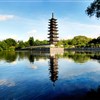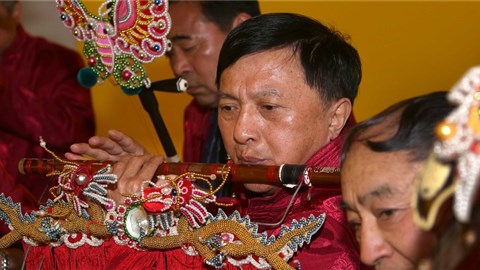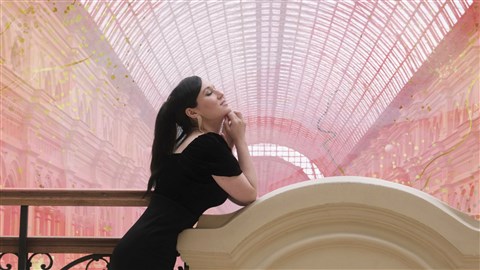Shanghai Astronomical Museum celebrates 20 years
The Shanghai Astronomical Museum, located on Sheshan Hill, the city's highest point at 99 meters above sea level, is a historical landmark that just celebrated its 20th anniversary.
Situated in a city with an average elevation of just 4 meters, the museum occupies the original location of the Sheshan Observatory, built in 1900. Now part of the Shanghai Astronomical Observatory under the Chinese Academy of Sciences, the museum holds over a century of "astronomical memories," marking countless milestones in the history of modern Chinese astronomy.
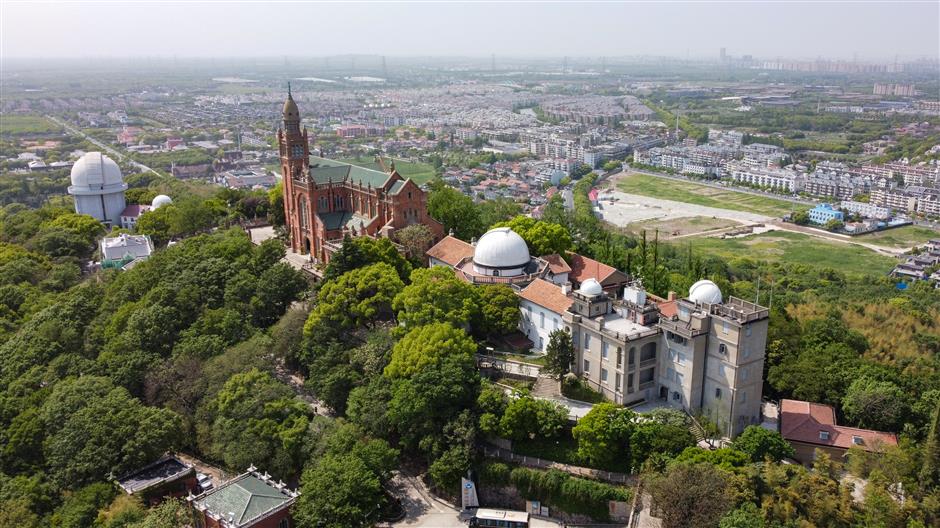
A bird's-eye view of the Shanghai Astronomical Museum – Jiang Xiaowei
Home to China's first large astronomical telescope
The Shanghai Astronomy Museum is housed in a French-style building from the late 19th century, featuring 4.8-meter-high ceilings and fireplaces preserved in every room. The roof tiles, shipped from Marseille over a century ago, still bear French inscriptions that read "Marseille."
As China's first large astronomical telescope – Asia's largest at the time – a 40-centimeter double refracting telescope, housed under a 10-meter dome capable of 360-degree rotation and equipped with an operable skylight, features dual tubes, each with a 40-centimeter aperture, designed for simultaneous observation and photography.
The telescope has captured countless iconic moments in China's astronomical history:
1901: It photographed a crescent moon with such clarity that lunar craters were distinctly visible – the earliest lunar photograph taken with an optical telescope in China.
1907: It documented a solar eclipse, marking the first use of a telescope to photograph this phenomenon in Chinese history.
1910 and 1986: It observed Halley's Comet twice, a celestial body first discovered as a periodic comet, returning near the Sun roughly every 76 years. With its full functionality restored, this century-old telescope is on track to become the world's only one to photograph Halley's Comet's return for a third time in 2061.
Above the observatory, a staircase descends into a treasure trove – the museum's archive of over 7,000 original astronomical plates, taken with this historic telescope. These plates, now digitized for preservation, hold invaluable records of the stars and beyond.
The museum also houses a Palan Meridian Instrument, once used to record the precise moments stars crossed the meridian.
The International Longitude Campaigns of 1926 and 1933 included the instrument, and in 1964-65, it was moved to Sanya, Hainan Province, for site selection observations.
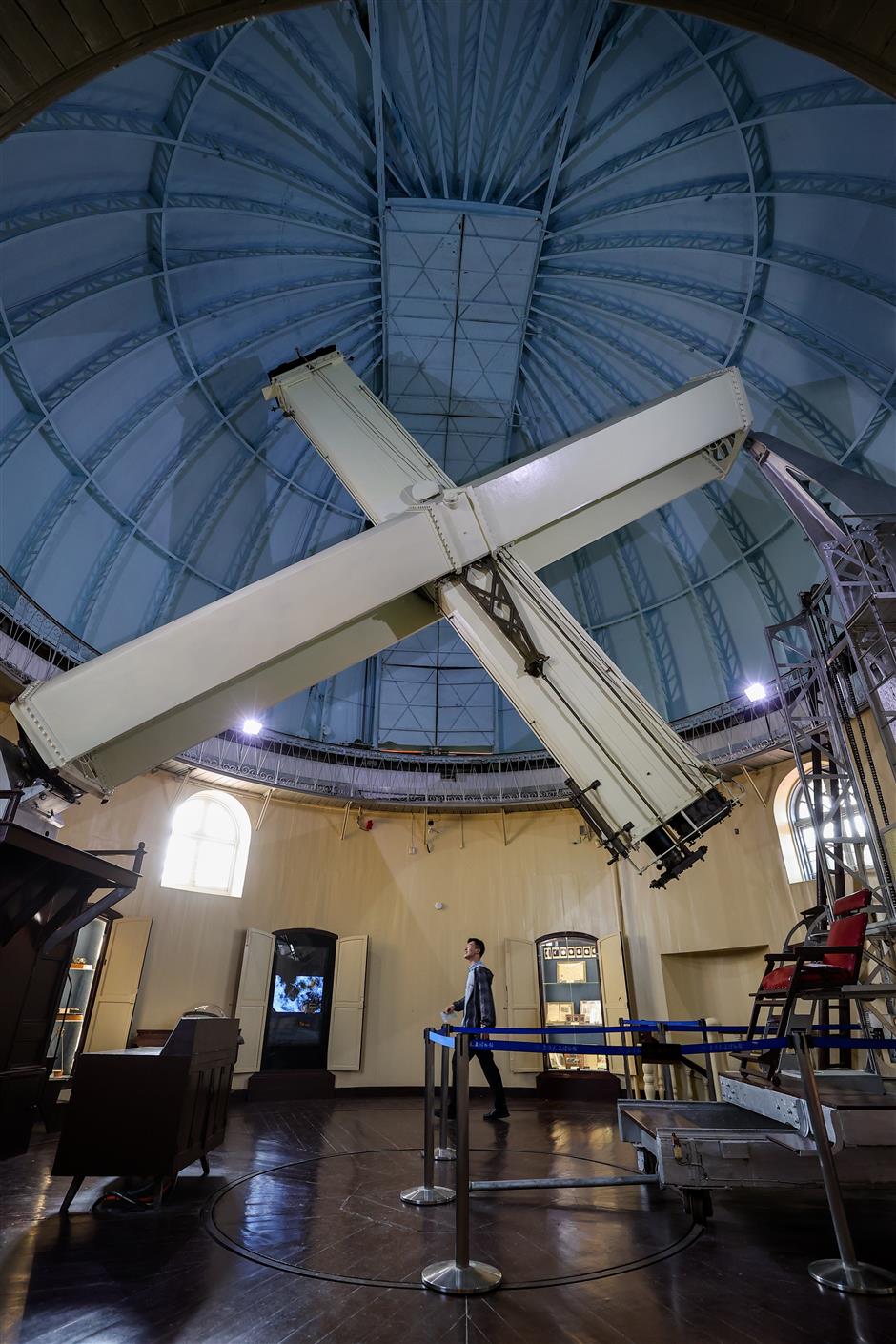
A visitor admires the astronimical telescope, once the largest in Asia, housed under the 10-meter dome. – Jiang Xiaowei
From two observatories to one legacy
The modern Shanghai Astronomical Observatory unites two historic institutions: Xujiahui Observatory and Sheshan Observatory.
Xujiahui Observatory, founded in 1872 near the tomb of Xu Guangqi – Shanghai's earliest astronomer – has a legacy steeped in history. Xu co-translated "Euclid's Elements" with Matteo Ricci in 1607, introducing Western science to China. Starting in 1882, the observatory issued China's first coastal weather forecasts and later collaborated with Greenwich Observatory on lunar occultation studies, marking the dawn of modern astronomical research in China.
By the late 19th century, French astronomer Marc de Chastelain and his colleagues raised funds to commission the 40-centimeter telescope from Paris, initially destined for Xujiahui. The area's soft soil proved unsuitable, prompting the construction of Sheshan Observatory. Chastelain, the observatory's first director, was a tireless scientist who documented every clear night between 1900 and 1925, leaving behind a treasure trove of observations and photographs.
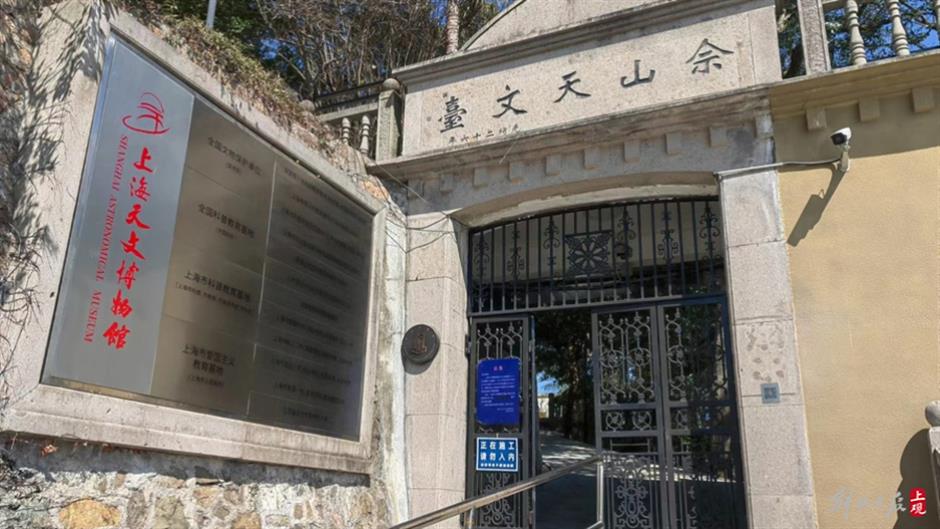
The exterior of the century-old Sheshan Observatory building.
Reaching for the stars: from boats to breakthroughs
In the early 1950s, astronomy outreach at Sheshan was already in full swing. Reaching the observatory was an adventure: visitors had to take a bus to Qingpu (a suburban district in Shanghai), then transfer to a small wooden boat and row for hours along narrow waterways to reach Sheshan. Yet, the allure of stargazing drew crowds.
Hou Jinliang, Party secretary of the Shanghai Astronomical Observatory, recalls those days vividly, when even a small wooden boat ride couldn't deter enthusiasts.
Today, the museum's stargazing events fill up instantly, reflecting the public's undiminished curiosity.
Three years ago, the museum embarked on its largest renovation. Faced with two options for the century-old telescope – restore it as a static exhibit or return it to operational status – the latter was eventually chosen.
The Shanghai Science and Technology Commission and the Songjiang District government provided support in reviving the telescope as an interactive educational tool. This summer alone, it hosted over 100 families for stargazing sessions, offering immersive astronomical experiences.
Despite the public's interest in stargazing, the challenge remains: how to make a site 40 kilometers from downtown Shanghai a must-visit destination?
The answer lies in innovation.
By incorporating cutting-edge multimedia and virtual technology, the museum aims to showcase the latest achievements in lunar and Martian exploration, the Beidou Navigation System and fundamental astronomical research.
"Our museum feels more like a museum than a science center," Tang Haiming, head of the museum's Sheshan education base admits, "but that's about to change."
With an annual footfall of 250,000 visitors, the Shanghai Astronomy Museum is evolving to connect its rich history with the future of astronomy, inspiring generations to reach for the stars.
To commemorate the museum's 20th anniversary, the Sheshan Science Popularization Education Base has introduced a new radio astronomy curriculum for middle and high school students.
This program is supplemented by a number of novel educational instruments, including a specialized radio astronomy telescope.
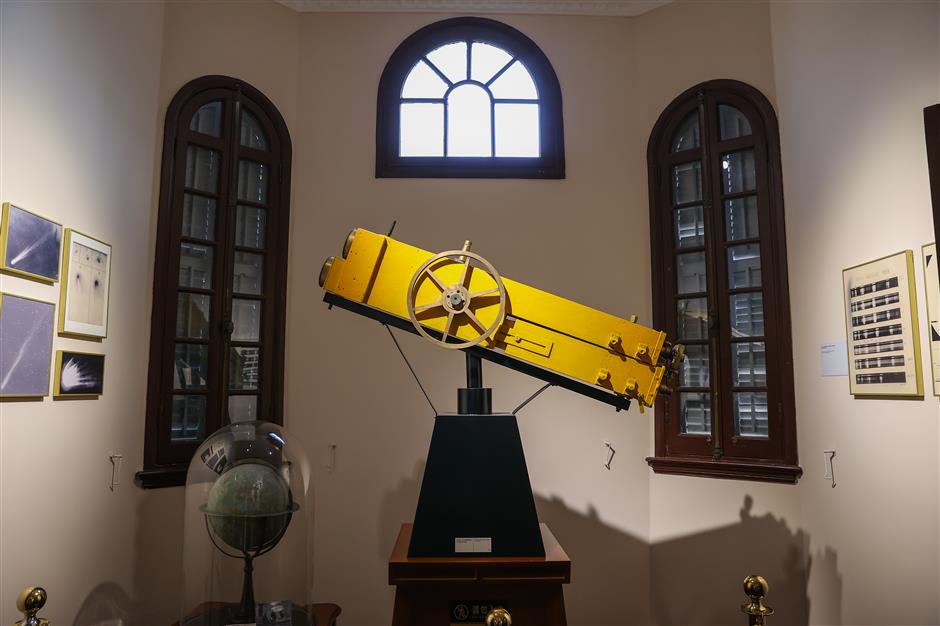
The museum features a variety of collections, including historic photographs and astronomical instruments. – Jiang Xiaowei
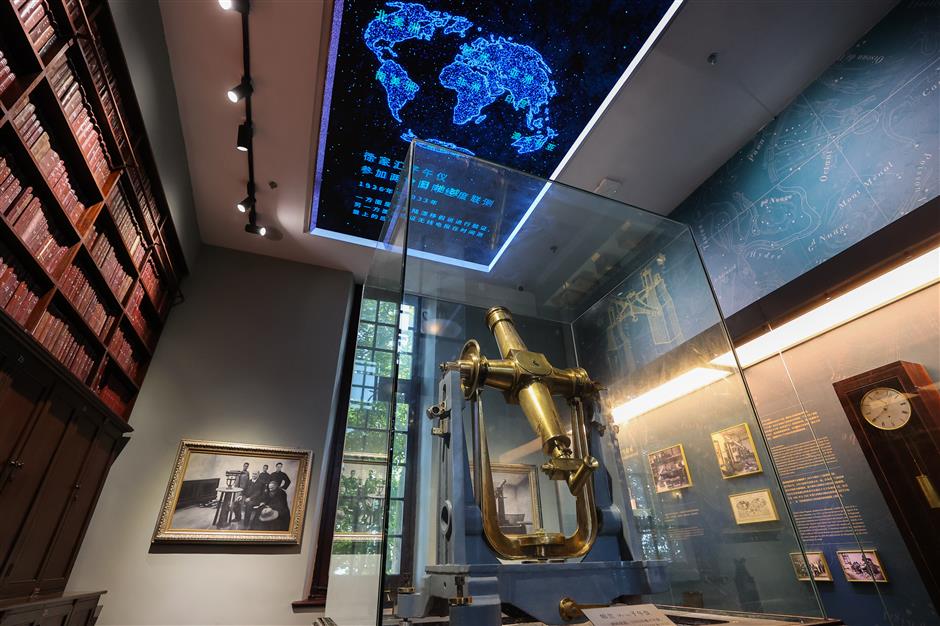
The museum features a variety of collections, including historic photographs and astronomical instruments. – Jiang Xiaowei

